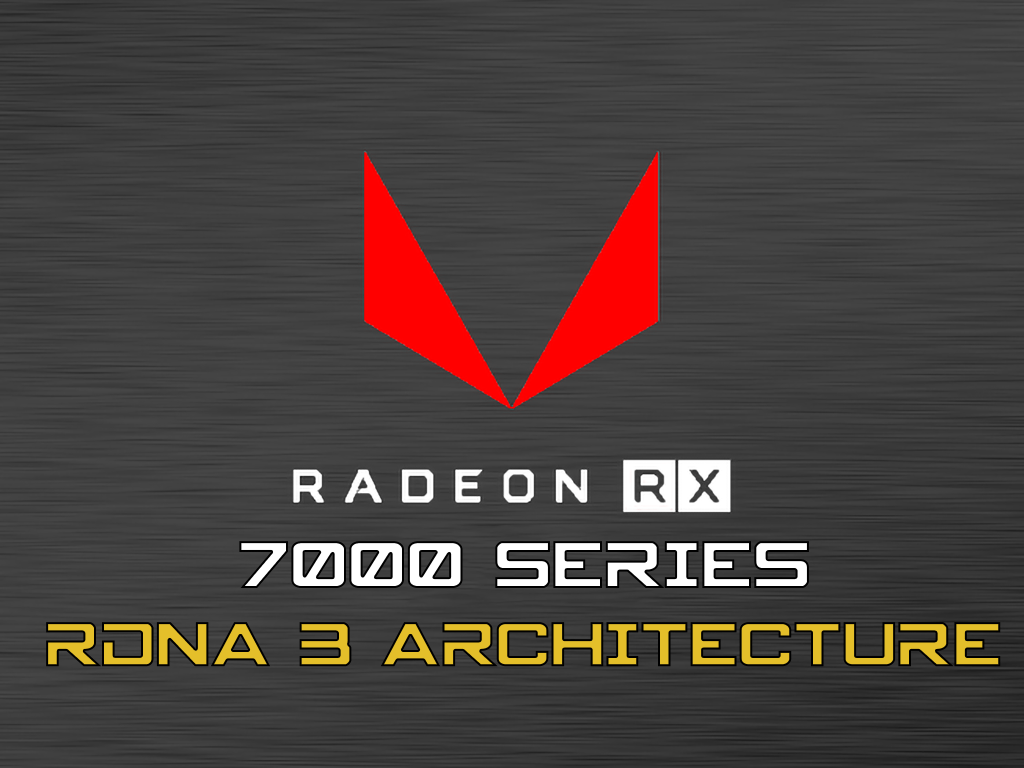Office Address
S.C Chatterjee Road - Bandel
Prantik Benepukir
IN - West Bengal
Hooghly - 712123
In my previous article, I have mentioned that I will be covering up with this topic and will be discussing the RDNA 3 Architecture with you people, so here it is

The upcoming AMD Navi 31 GPU, said to be the flagship RDNA 3 chip, would be powering the next-gen enthusiast cards such as the Radeon RX 7900 XT graphics card.
We have heard prior that AMD will drop their current CU (Compute Units) in favor of WGP (Work Group Processors)
With all due credits to Olrak, A preliminary block diagram of AMD’s next-gen RDNA 3 Architecture based Navi 31 GPU that will power the flagship Radeon RX 7900 XT graphics card showed up.

The Navi 31 GPU configuration shown here features two GCD’s (Graphics Core Die) and a single MCD (Multi-Cache Die). Each GCD has 3 Shader Engines (6 in total) and each Shader Engine has 2 Shader Arrays (2 per SE / 6 per GCD / 12 in total). Each Shader Array is composed of 5 WGPs (10 per SE / 30 per GCD / 60 in total) and each WGP features 8 SIMD32 units with 32 ALUs (40 SIMD32 per SA / 80 per SE / 240 per GCD / 480 in total). These SIMD32 units combine to make up 7,680 cores per GCD and 15,360 cores in total.
The Navi 31 (RDNA 3) MCD will be linked to the dual GCD’s via a next-generation Infinity Fabric interconnect and feature 256-512 MB of Infinity Cache. Each GPU should also feature 4 memory connect links (32-bit). That’s a total of 8 32-bit memory controllers for a 256-bit bus interface, these are indeed some interesting changes which AMD have done in the RDNA 3 Architecture prior to its predecessors.
Talking about innovation which AMD is always on track of, despite the odds they face from their haters, competition, etc. The RDNA 3 Architecture is not limited to only a single design, The NAVI 32 GPU which will be powering the Radeon RX 7800 Series line of graphics cards, is quite different from the NAVI 31 GPU. Credits to Olrak, A preliminary block diagram of AMD’s next-gen RDNA 3 Architecture based Navi 33 GPU that will power the flagship Radeon RX 7600 XT graphics card showed up
The AMD Navi 32 GPU will be one of the two MCM GPUs featured in the RDNA 3 lineup. The GPU will feature two GCD’s (Graphics Compute Dies) and a singular MCD (Multi-Cache Die). The die is very similar to the flagship Navi 31 GPU but has one less Shader Engine across each die. The AMD Navi 32 GCD is expected to utilize TSMC’s 5nm process node while the MCD will be based on a 6nm process node. Rumors are that AMD has the option to select between Samsung and TSMC for the 6nm die.

Each GCD has 2 Shader Engines (4 in total) and each Shader Engine has 2 Shader Arrays (2 per SE / 4 per GCD / 8 in total). Each Shader Array is composed of 5 WGPs (10 per SE / 20 per GCD / 40 in total) and each WGP features 8 SIMD32 units with 32 ALUs (40 SIMD32 per SA / 80 per SE / 160 per GCD / 320 in total). These SIMD32 units combine to make up 5120 cores per GCD and 10,240 cores in total.
The Navi 32 (RDNA 3) MCD will be linked to the dual GCD’s via a next-generation Infinity Fabric interconnect and feature 384 MB of Infinity Cache. Each GPU should also feature 3 memory connect links (32-bit). That’s a total of 6 32-bit memory controllers for a 192-bit bus interface
This would bring the performance of the AMD Radeon RX 7700 series above the RX 6800 and RX 6900 series, offering one big leap in graphics horsepower in games. This would also pump up the power numbers as the RX 6700 XT is currently rated at 230W but that could go up to 270-300W. There have been several rumors stating that the upcoming RDNA 3 GPUs are going to outperform whatever NVIDIA has to offer in terms of rasterization performance and power efficiency. It looks like AMD will take the lead by offering the first MCM-powered GPUs under its Radeon RX graphics card lineup